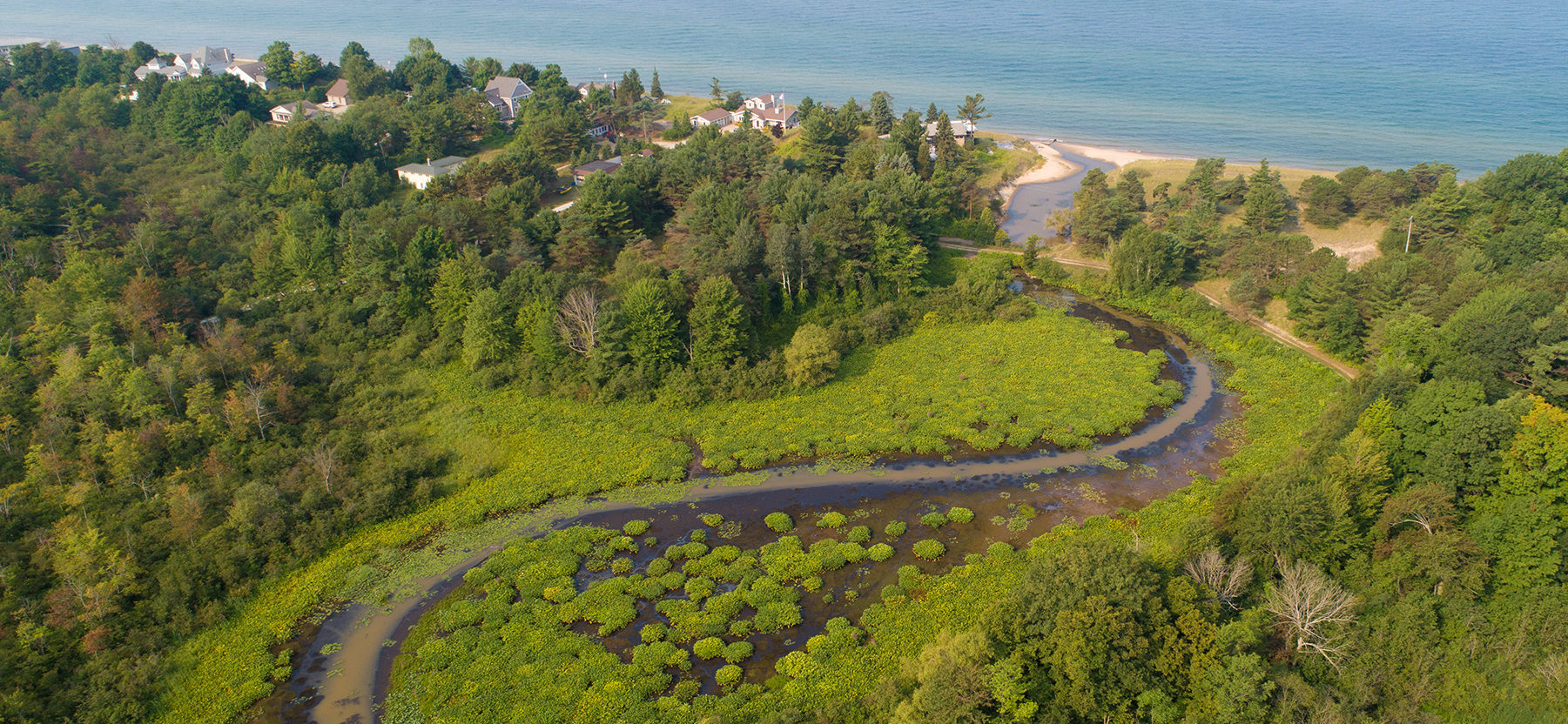Eastern Glacial Corridor
Thousands of years ago, a period of intense climate change caused glaciers to melt away and mold the Eastern Glacial Corridor into a geologically diverse landscape. These shrinking masses of ice left behind rolling hills and lakes, streams and wetlands. They also left behind dry, well-draining soils that, along with fire, led to the development of prairies, oak savannas and oak woodlands.
These diverse landscapes support an even more diverse array of plants and wildlife. Mysterious bogs are filled with sphagnum moss and carnivorous plants—species that thrive in harsh conditions. Prairie grasses and wildflowers grow roots as deep as 12 feet in the ground, protecting the landscape from erosion and sequestering carbon in the earth.
Once abundant in Michigan, these systems have been reduced to a fraction of their original footprint. Very few large, unfragmented habitat patches remain in this region, and agricultural and residential development threaten the health of what’s left. Invasive species and pathogens like oriental bittersweet, autumn olive, emerald ash borer and oak wilt also pose a threat to the integrity of the region’s natural lands, wetlands and waterways.
The drought-tolerant nature of the Eastern Glacial Corridor’s ecosystems and the diversity of their topography, geology and hydrology make them uniquely resilient to precipitation and temperature-related climate shifts. There is also an opportunity to protect and restore habitat patches to establish a north-south corridor and allow movement of plants and wildlife between regionally significant natural areas like Barry State Game Area to the south and Manistee National Forest in the north.











